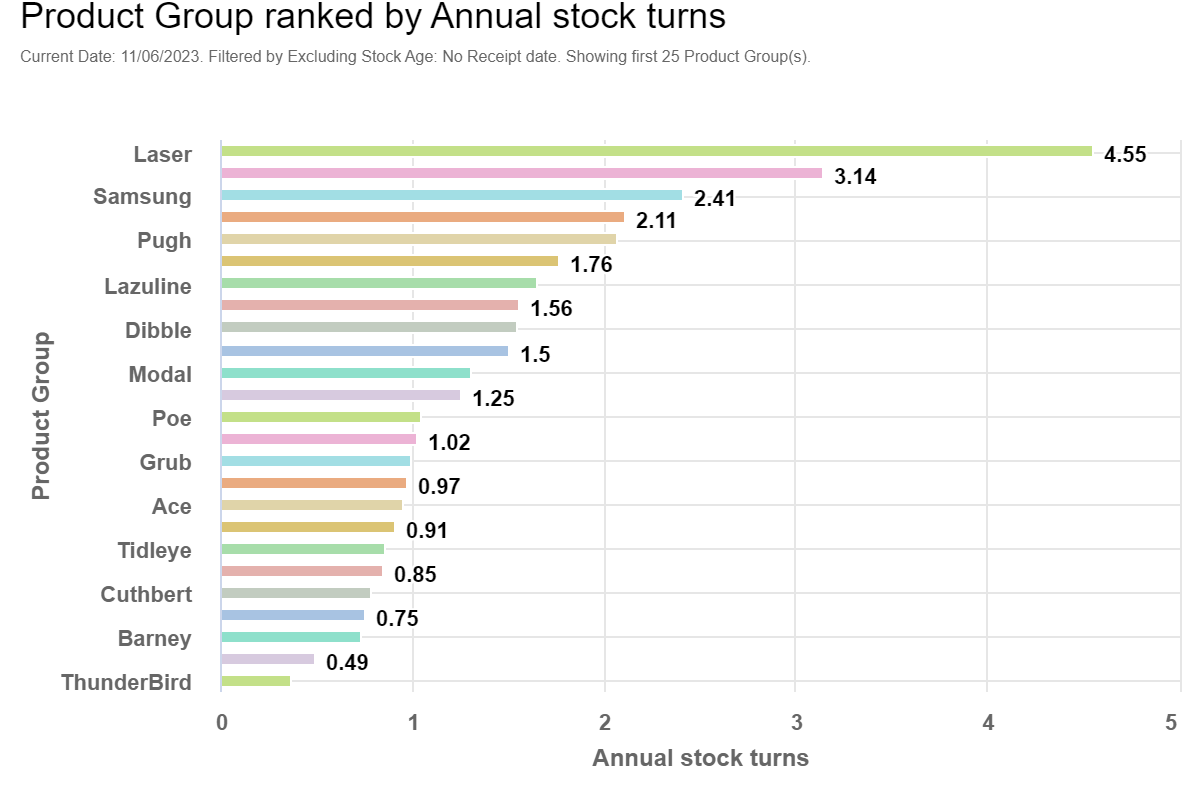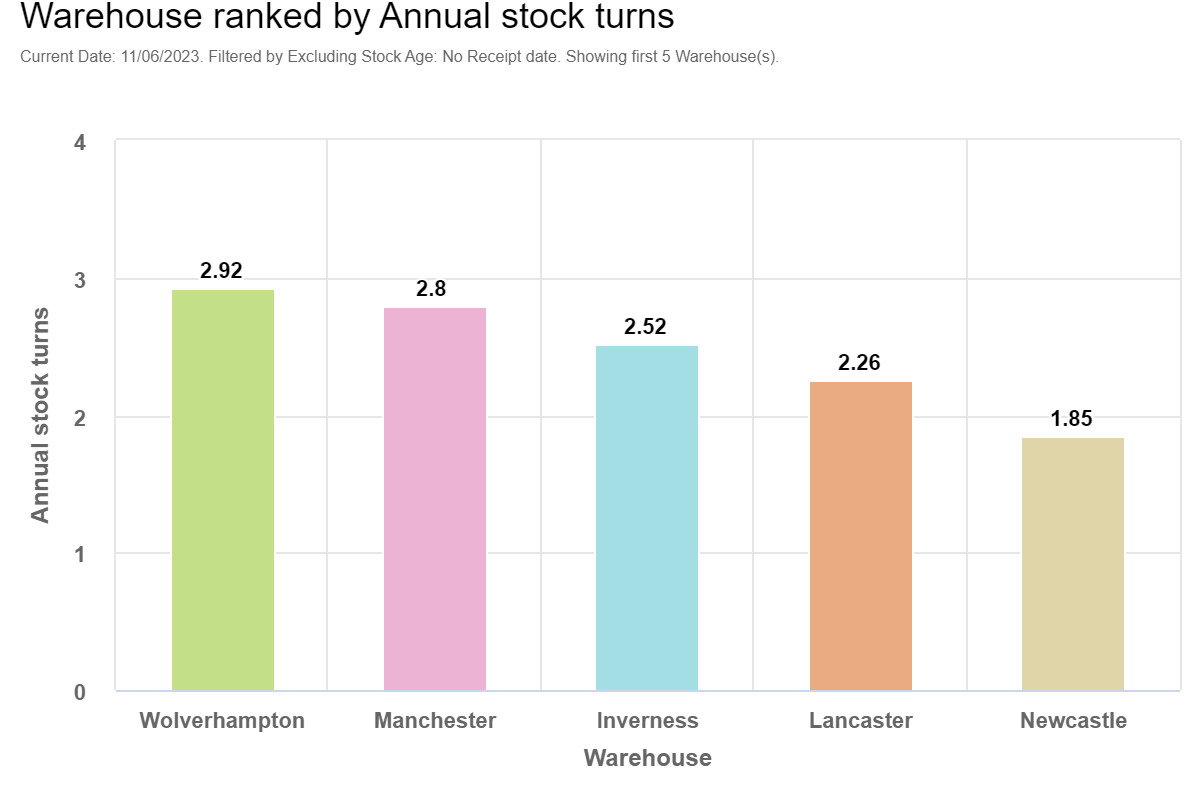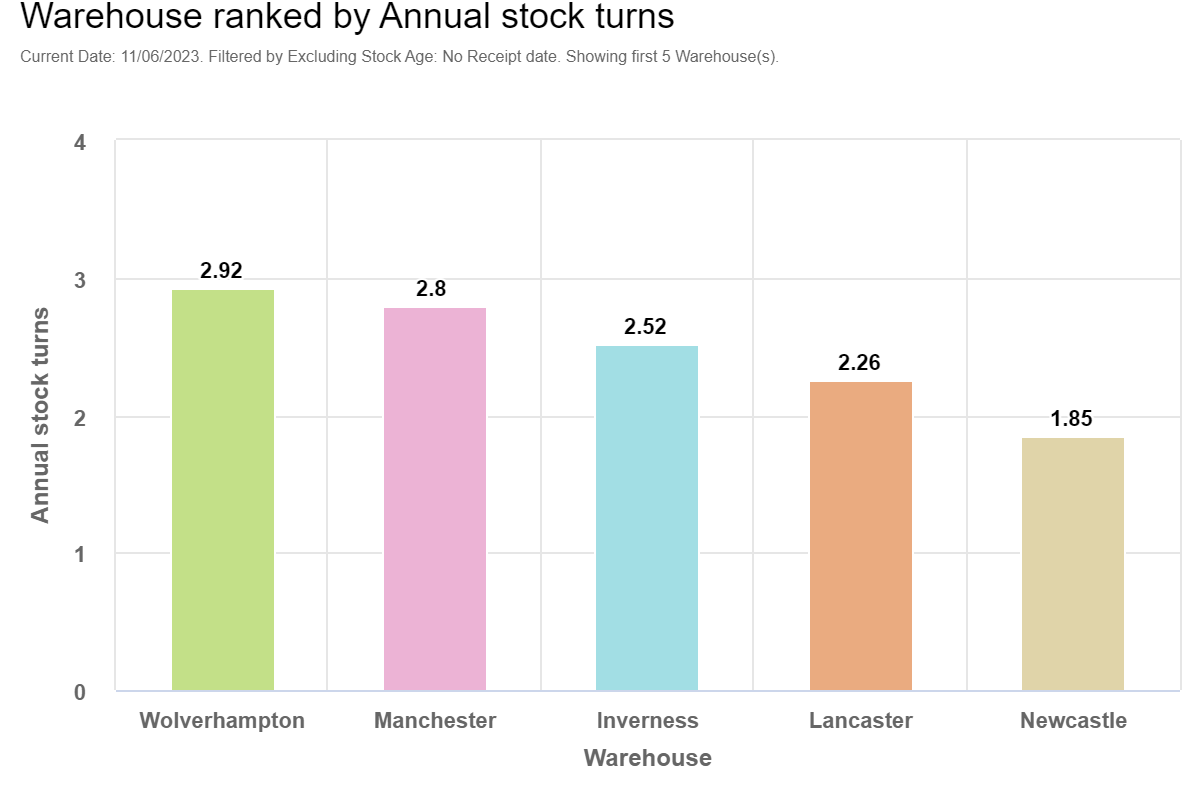Quickly enhance your Shopify store with intelligent inventory management
Shopify is incredibly user-friendly and provides you with flexibility and control, therefore, ensuring that the inventory management matches the...

Complete accounting solutions focussed on profit and growth
Inventory management systems play a crucial role in thriving product businesses
Automating your core systems is the key to efficiency and effectiveness

Scalable software that grows with you
Product and inventory software that makes sense
Seamless integrations and automations

Whether they use a single solution or a full end-to-end integration of multiple software packages we are proud to be a part of our client's success.
For any physical product based business selling online (B2B or D2C), efficient stock management is vital to maintain a competitive edge in the rapidly evolving digital landscape. Even if you’ve got the slickest Shopify store going, if you’re not managing your stock, your sales can fall flat.
One key metric that plays a crucial role in this regard is stock turn. Stock turn, also known as inventory turnover, measures the number of times inventory is sold and replaced within a specific period. In this blog post, we will explore the significance of stock turn for ecommerce businesses and discuss effective strategies to manage it optimally
Cash Flow and Profitability: Efficient stock turn (along with a number of other sensible strategies!) allows businesses to maintain healthy cash flow. Holding excessive inventory ties up capital and increases storage costs, resulting in reduced profitability. On the other hand, slow stock turn leads to the risk of obsolete inventory and increased markdowns, negatively impacting margins.

Customer Satisfaction and Retention: High stock turn ensures the availability of popular products, reducing the risk of out-of-stock situations. Customers appreciate prompt deliveries and a wide range of options, which can enhance their shopping experience and contribute to customer satisfaction and retention (as a bonus- if you’re really trying to understand your customers, take a look into RFM analysis…)
Cost Efficiency: A well-managed stock turn minimizes the need for additional warehousing space, reduces labor costs associated with handling excess inventory, and mitigates the risk of theft or damage. Optimizing stock turn helps you to achieve cost efficiency by aligning supply with demand.

If you have multiple warehouses or stock locations including third party warehouses good inventory management software is essentially. With a good system you should be able to compare warehouses against each other to see which has the best stock turn. Remember the longer you are taking to turn your stock then the more money is costs in warehouse space etc. In the example above Wolverhampton is more the 50% more effective that Newcastle for stock turn. Wolverhampton turns over nearly 3 times its stock in the period compared to Newcastle which turns over less than 2 times. Of course there could be many factors for this and stock turn is only one metric to focus on.
Real-Time Inventory Management: Employing an advanced inventory management system (IMS) enables accurate tracking of stock levels, sales velocity, and reorder points. Unleashed offers real-time stock insights and is an accessible IMS for a wide variety of businesses. Real-time data empowers businesses to make informed decisions, identify slow-moving items, and adjust inventory levels accordingly. It can also aid in demand forecasting, preventing stockouts and overstocking situations.
Demand Planning and Forecasting: Analyzing historical sales data, market trends, and customer preferences allows you to forecast demand accurately. By leveraging predictive analytics and market insights, it's possible to optimize inventory levels, align procurement strategies, and adjust stock turn accordingly. There are solutions that can work alongside an IMS like Unleashed to give you even more insight into demand and forecasting such as Stocktrim.
Supplier Collaboration and Communication: Establishing strong relationships with suppliers is crucial for efficient stock management. Collaborating closely with suppliers helps streamline the procurement process, reduce lead times, and maintain optimal stock levels. Regular communication ensures accurate order fulfillment, preventing stock shortages or excess inventory.
Promotions and Sales Strategies: Intelligently planning promotions, discounts, and seasonal sales can significantly impact stock turn. Offering targeted incentives for slow-moving items, bundling products, or implementing limited-time offers can stimulate demand and accelerate stock movement. Linking this with effective RFM analysis can work well by using slower moving stock items as incentives or rewards.
Data-Driven Decision Making: Leveraging analytics and data through the use of reporting software such as Microsoft Power BI can also help you to make smarter decisions with your stock. Continuously monitoring and analyzing these metrics provides insights into stock turn patterns, helping identify areas for improvement and optimize inventory management strategies.
In the highly competitive world of ecommerce, managing stock turn efficiently is essential for sustained growth and profitability. By focusing on real-time inventory management, demand planning, supplier collaboration, strategic promotions, inventory management, and data-driven decision making, you can strike the right balance between stock availability, cost efficiency, and customer satisfaction.
The ideal inventory turnover for an e-commerce business can depend on several factors including the industry, product type, business model, and more. That being said, the average inventory turnover rate for e-commerce businesses usually falls between 4 to 6 times per year.
Here are some factors to consider:
Product Type: Fast-moving consumer goods, such as groceries, will likely have a high turnover rate, while luxury or specialty items might have a lower turnover rate.
Business Model: Drop-shipping businesses, for example, may have an extremely high turnover rate because they don't hold any inventory at all.
Seasonality: Some businesses might have higher turnover during specific times of the year (like holidays), which would impact their average annual turnover rate.
Growth Stage: If your business is in a high-growth stage, you might intentionally keep more inventory on hand to fulfill an increasing volume of orders.
While you can use these figures as benchmarks, remember that each business is unique. It's always a good idea to measure your inventory turnover over time and strive for continuous improvement.
The higher the inventory turnover, the better, because it means your company sells its inventory quickly, indicating strong sales and efficient inventory management. However, very high turnover may also indicate that you're not keeping enough stock on hand to meet demand.
Here are a few general benchmarks by other industries industry:
Retail: 2 - 5 turns per year
Wholesale: 6 - 8 turns per year
Manufacturing: 6 - 7 turns per year
Remember that these are averages and individual circumstances can vary. If your business has significantly lower inventory turnover than these benchmarks, it may indicate that you have too much inventory on hand, which can tie up capital and increase storage costs. If it's much higher, you might be risking stockouts and lost sales.
The "correct" inventory turnover for your business is one that balances the need to minimize storage and capital costs (which means keeping inventory low) with the need to meet customer demand (which means keeping enough stock on hand).
If you’d like to talk to someone about your current stock turn and how to improve it, Outserve offer free discovery calls. On this call we can talk about all things stock, ecommerce, inventory management and ecommerce accounting.

Shopify is incredibly user-friendly and provides you with flexibility and control, therefore, ensuring that the inventory management matches the...

No Margin 📈 No Mission 🚀 on the #OnlineSellerUK Podcast 🎙️

Ecommerce COGS Explained: A Complete Guide to Cost Flow Methods TLDR If you sell products online, choosing the right stock valuation method is...
